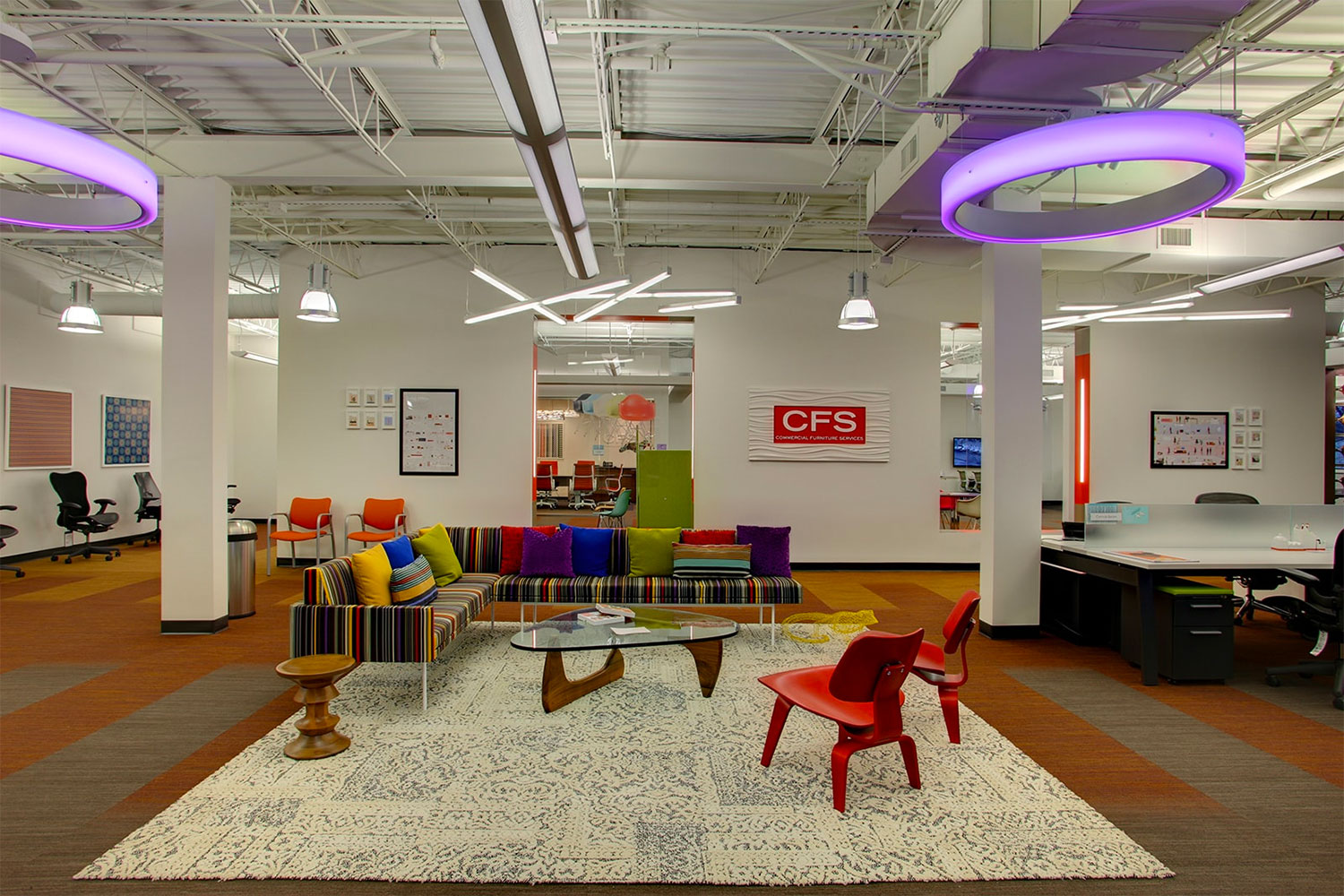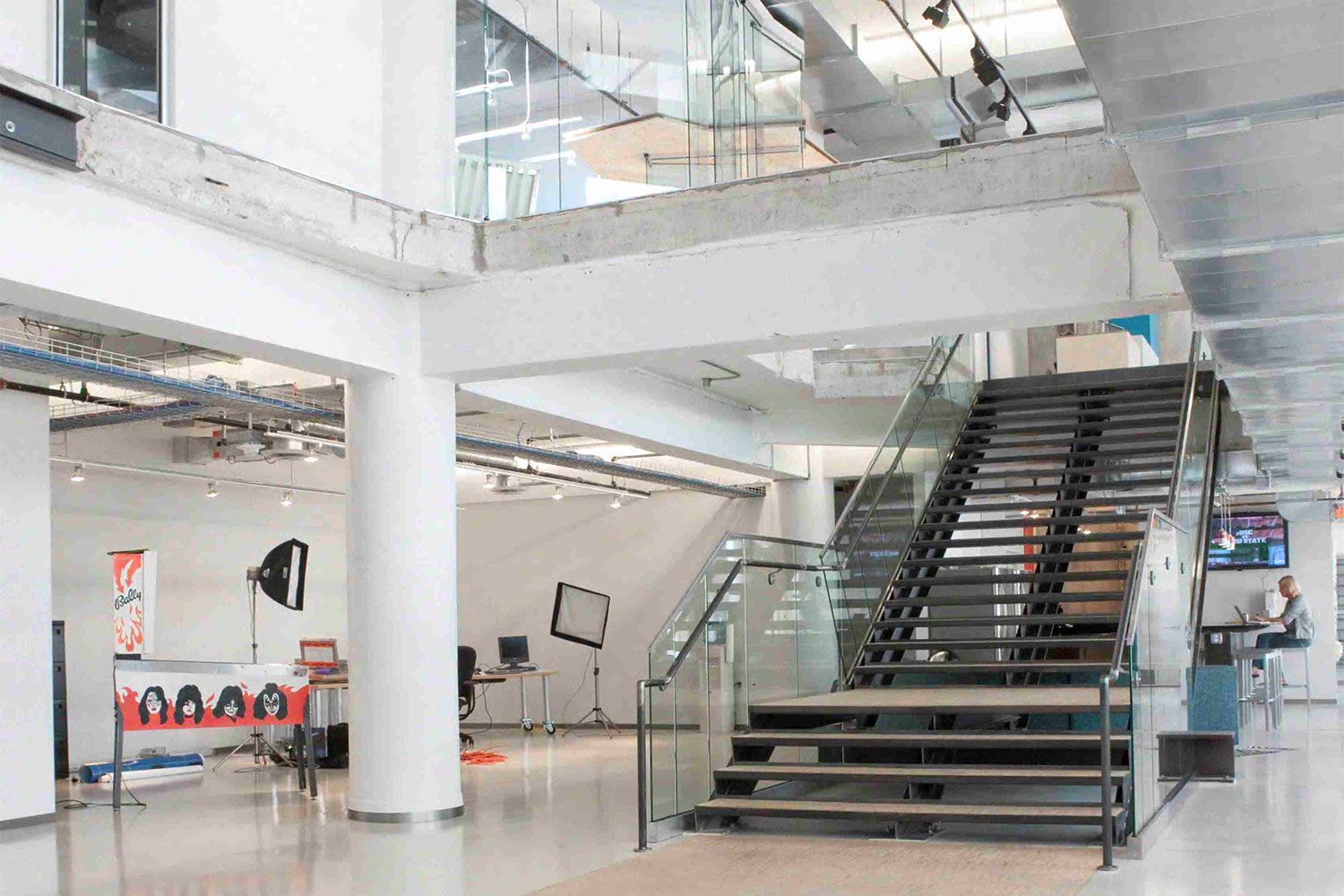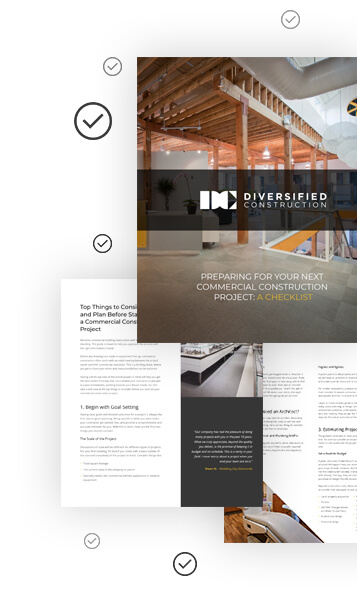Two Primary Project Delivery Methods - Design Bid Build vs. Design Build
In the construction industry, there are two primary project delivery methods: design-bid-build (DBB) and design-build (DB). The delivery method will affect the team structure and contracts, budget, planning, and timeline.
The success of a construction project can vastly depend on choosing the right delivery method and will depend on the owner’s goals, expectations, timeframe and budget.
In this article, we will discuss the approach, advantages and disadvantages of both the DBB and DB delivery methods.
Design Bid Build
Having been the go-to method for decades, the design-bid-build delivery method is considered to be the traditional approach for construction projects. In DBB, the owner will contract the architect/designer and builder separately, and will thus hold and manage multiple contracts.
DBB is suitable for projects that are budget sensitive, but not time sensitive (because of the prolonged contracting process). DBB is often used by public and municipal entities when required by state statutes.
As the name implies, the project will be completed in three subsequent phases: the design phase, the bid phase, and the build phase.The timeframe for this delivery method is longer because the steps do not overlap. The design must be completed to move on to the bid stage, and so on.
Step One: The Design Phase The owner will hire a designer or architect to develop a set of drawings and specifications for the construction project. The design phase sets the stage for the rest of the project – the drawings will be used for the bidding process, as well as by the construction team to build the structure. The designer or architect will work closely with the owner during this phase to translate their vision to the drawings.
Step Two: The Bid Phase Once the design documents are created and finalized, general contractors are selected to bid on the project. Each bid should outline the estimated cost of labor and materials, as well as the expected timeline. When all bids have been received, the owner will choose the best suited contractor for the project.
Step Three: The Build Phase The selected general contractor will then apply for permit, order materials and align subcontractors and trade partners to begin on the project as soon as all of those items - permit, materials and partners - are ready. The contractor then oversees the project through completion.

The Advantages of Design Bid Build
Competitive Pricing
Contractors are competing to win the job through their bids, meaning owners receive the best pricing on the market.
More Control for Owners
Owners have more control throughout each step of the process – they’ll be able to hand select each vendor, as well as make changes along the way. Owners will have more input and creative freedom throughout each step of the process.
Distinct Roles
Since the design and building teams are under separate entities, there is a more clear distinction between responsibilities. The distinct roles allow for easier pinpoints on problems that may occur, which places accountability on those who need to fix any possible issues.
The Disadvantages of Design Bid Build
Extended Timeline
Due to the linear nature of the process the overall time frame is longer. Each phase cannot be started until the previous phase has been completed – so if there is a delay in one phase, it will extend the entire project’s timeline.
Unknown Costs
Construction costs will not be concrete until the design phase is completed and the plans have been sent out for bid. If the construction bids come back too high, the plans will need to be re-designed and sent out to re-bid - adding more time (and thus cost) to the project.
Heavy Responsibility for Owners
The owners will bear the brunt of coordination, management and project challenges. Owners also bear the risk of ensuring completeness of design documents and for ensuring all project requirements are being met - such as aligning the correct team, getting proper approvals from municipalities, SAC/WAC, etc.
Gaps in Expectations
With your architect and contractor onboarding at different times, there becomes an opportunity for missed communications. Contractors are only bidding on what is stated in the documents, so any discrepancy made between the owner’s vision and what is included in the plans can cause bumps down the road.
What is Design Build?
The design-build delivery method is considered to be a modern approach and is rising in popularity. The owner hires one entity to provide both design and construction services – as well as contract for any additional services needed such as engineering, surveying, etc. - so there is only one contract and one point of contact.
This approach is ideal for owners who are under a tight schedule and want a more streamlined communication process with less parties to manage. A cohesive team working towards a shared goal simplifies the process for the owner and reduces or eliminates challenges such as conflicts between the design and construction documents.
The process can be broken down into four main steps (which can overlap, unlike DBB): team selection, pre-construction, architectural design, and construction.
Step One: Team Selection
First things first, the owner will need to select a DB team. Contractors will typically submit a project proposal that will include information such as key deliverables, project Team, timeline, and conceptual pricing. The owner will then choose the best suited contractor for the job.
Step Two: Pre-Construction
The pre-construction stage establishes the project goals, budget, and timeline. The DB team collaborates to assess the site, existing conditions, desired layout and flow of the space, amenity goals, conceptual design plans and more. The pre-construction stage also prepares for any possible challenges that may arise so that the process can go as smoothly as possible.
Step Three: Architectural Design
With the pre-construction work completed, the architectural designs can be drawn up. The DB team will collaborate throughout the design process to ensure the designs align with the project's budget and timeline – as well as determining areas that can be optimized for savings and productivity.
The finalized designs will be used to confirm the project cost and timeline, which will be presented to the owner for final approval before construction begins.
Step Four: Construction
The construction stage is when all the project plans become reality. Since the design and build team are so tightly interwoven at this point, communication and problem solving at this point is highly efficient.

The Advantages of Design Build
Quality of Work
Selecting a team based on their experience and credentials (rather than the lowest bid), guarantees high quality workmanship and a successful project outcome. Since one contractor will be responsible for the entire project, they won’t just aim to meet the minimum requirements, they’ll go beyond expectations.
Consistent Budget
By involving a contractor early on in the process efficiencies are realized and cost-saving measures considered before the design is finalized.
Streamlined Communication
Using one team for a project guarantees a unified flow and fast decision making. Everyone is present at the same time and simultaneously making decisions, so the team is able to collaborate and work together from the project’s initial concept to completion.
Eliminates Conflict
With the scope of work falling under one entity, roles and responsibilities don’t come into question – eliminating potential conflict and questions in accountability. Additionally, the owner won’t have to bear the burden of delegating tasks and mediating communication.
Minimized Timeframe
Teamwork and strong communication allows for efficiencies in the process. Additionally, the project steps can overlap, allowing for the final design work to be done after construction has begun, reducing project time.
The Disadvantages of Design Build
No Competitive Pricing
The project’s contractor will be chosen based on their qualifications, rather than the lowest bid. When choosing the DB method, there won’t be the opportunity to choose a contractor based on price.
Less Opportunities for Changes
With phases being completed simultaneously, the timeline moves much faster – so there are typically less opportunities for creativity and changes.
Conclusion - Design Bid Build vs. Design Build
Every construction project is unique, requiring thorough planning and attention to detail. You deserve to work with a contractor that will walk you through each method – so you can choose the best option that aligns with your goals and expectations.
With over 60 years of business experience in the Twin Cities, Diversified Construction specializes in building and remodeling commercial projects. Contact us today at 952-929-7233 if you’re looking to start a new project.

